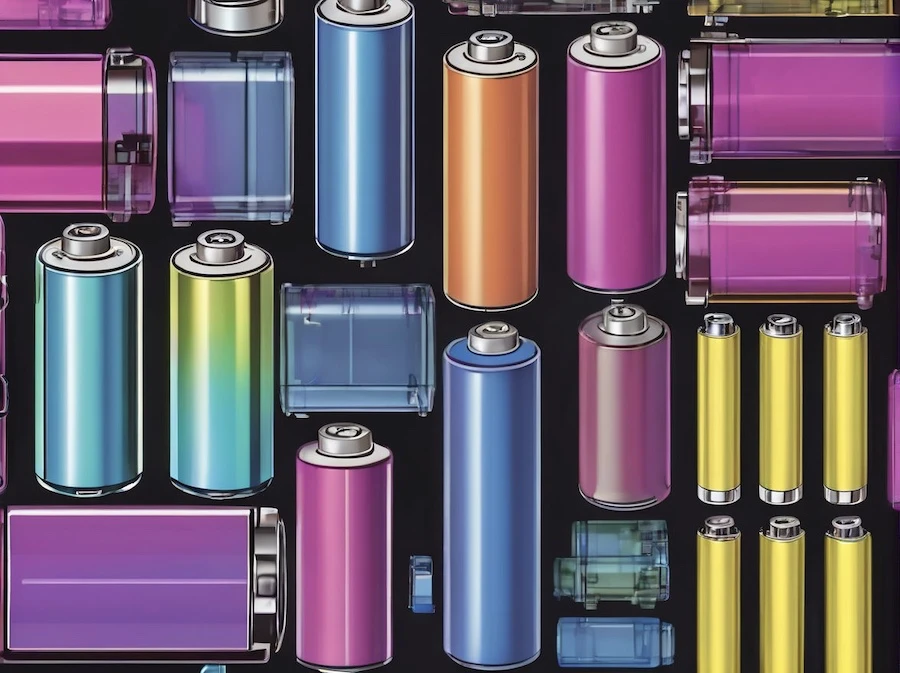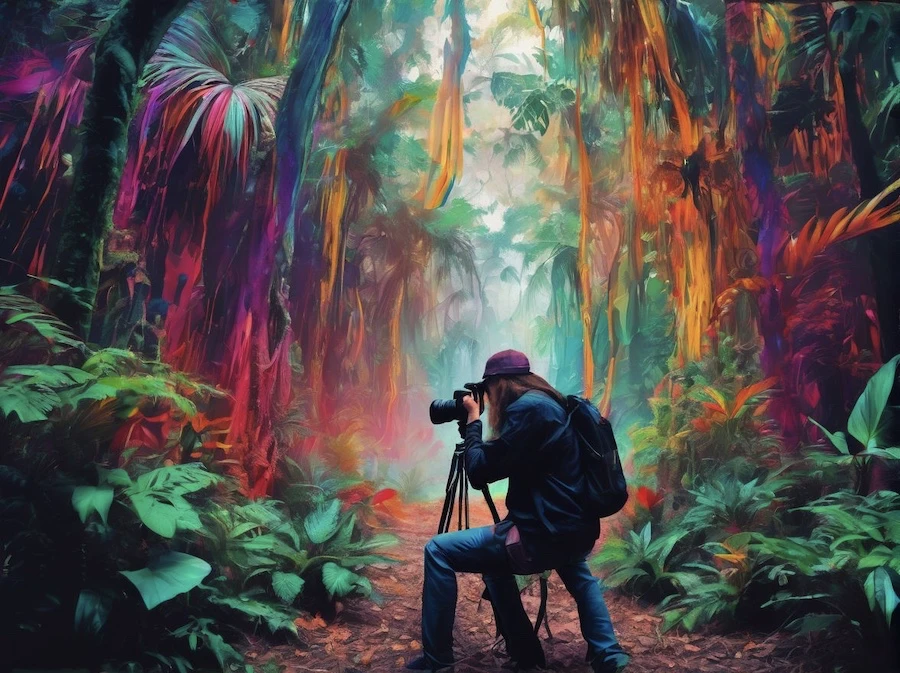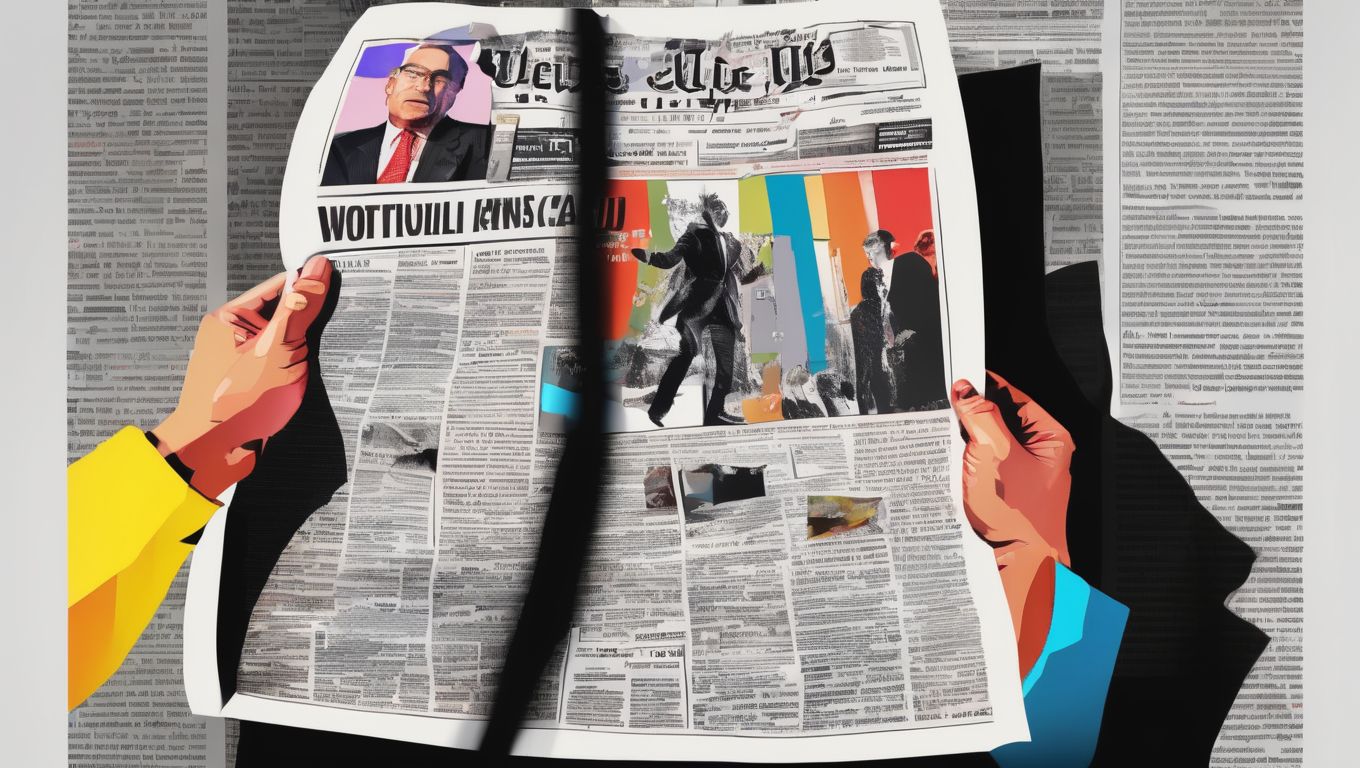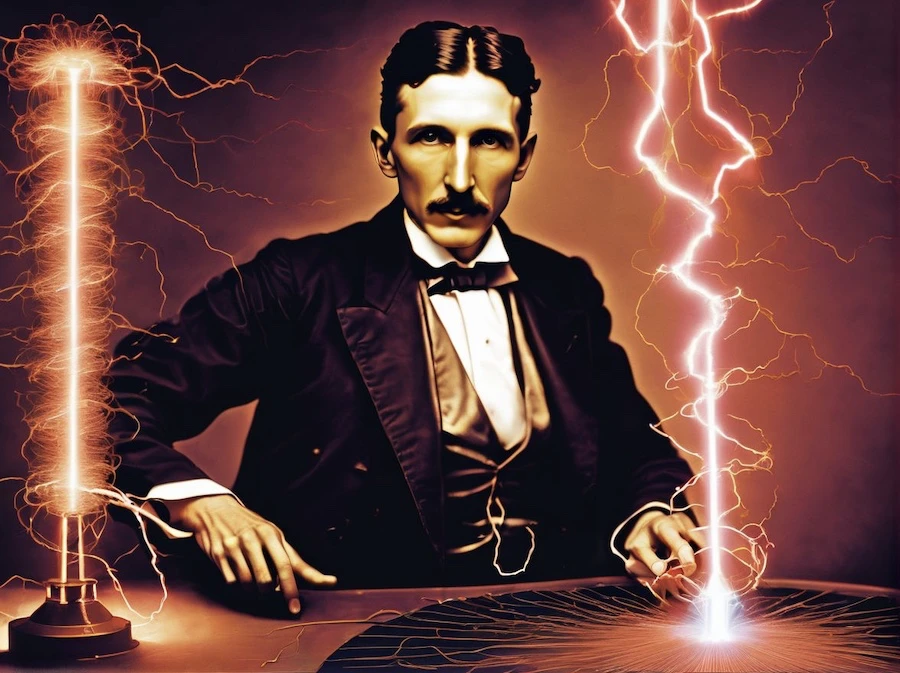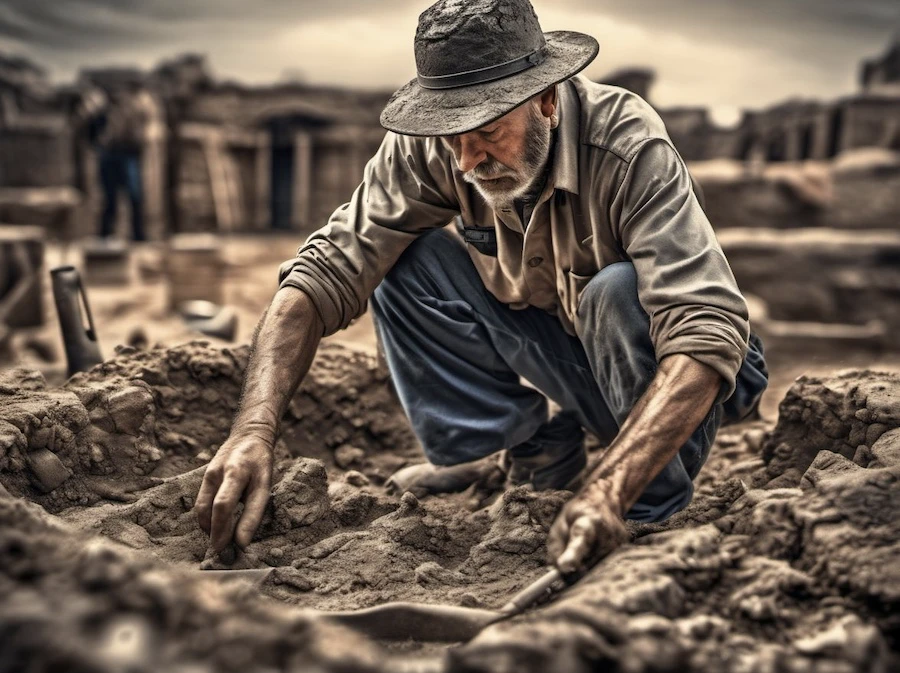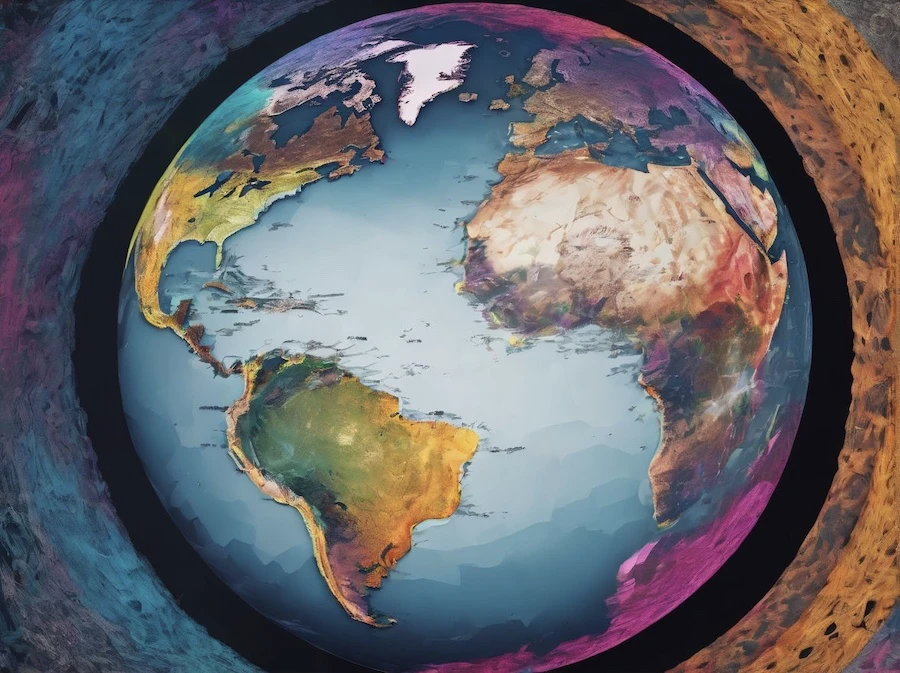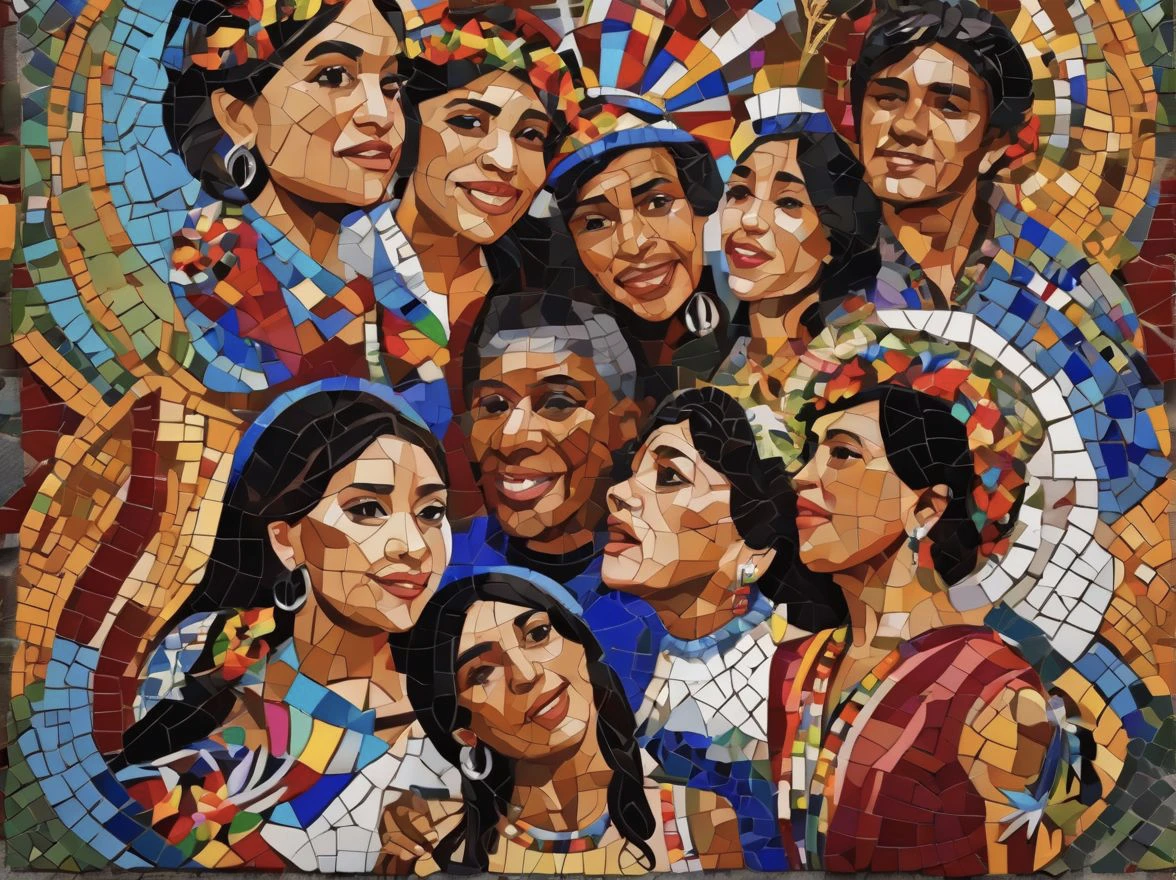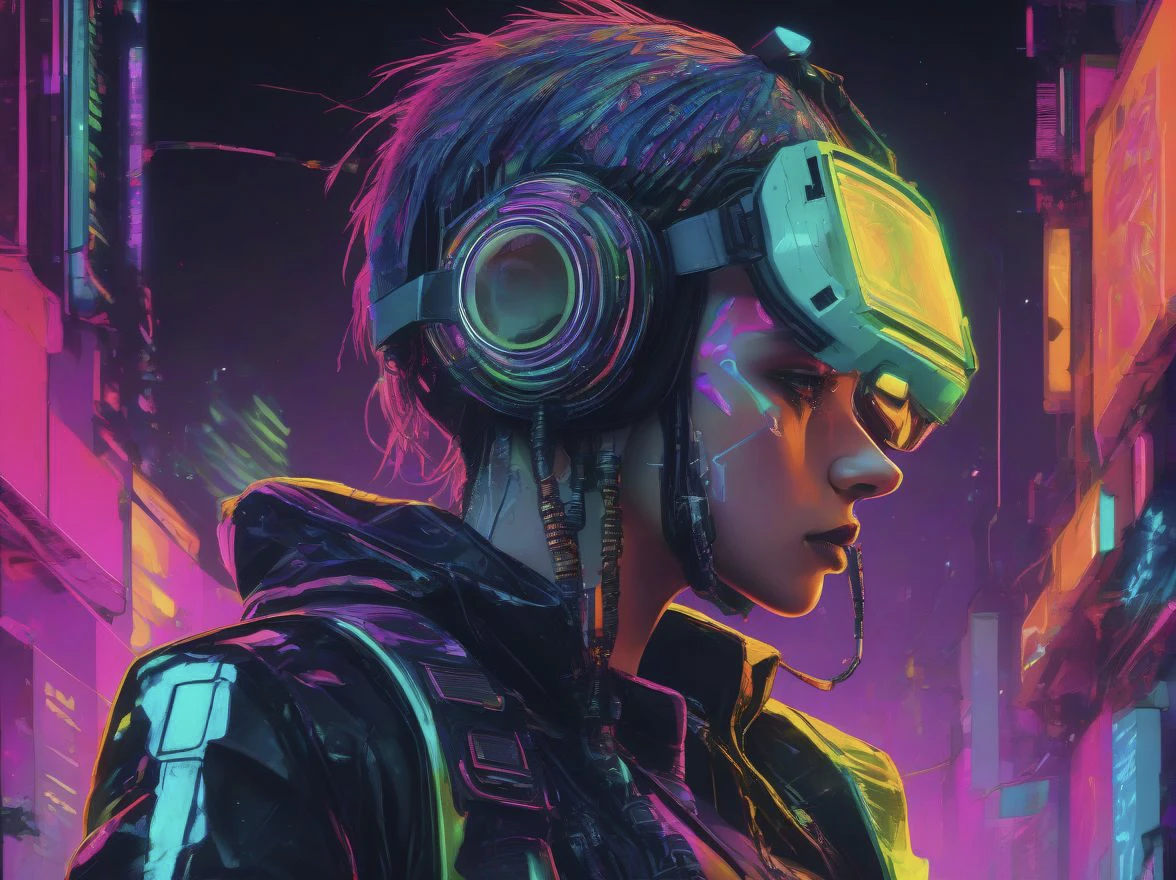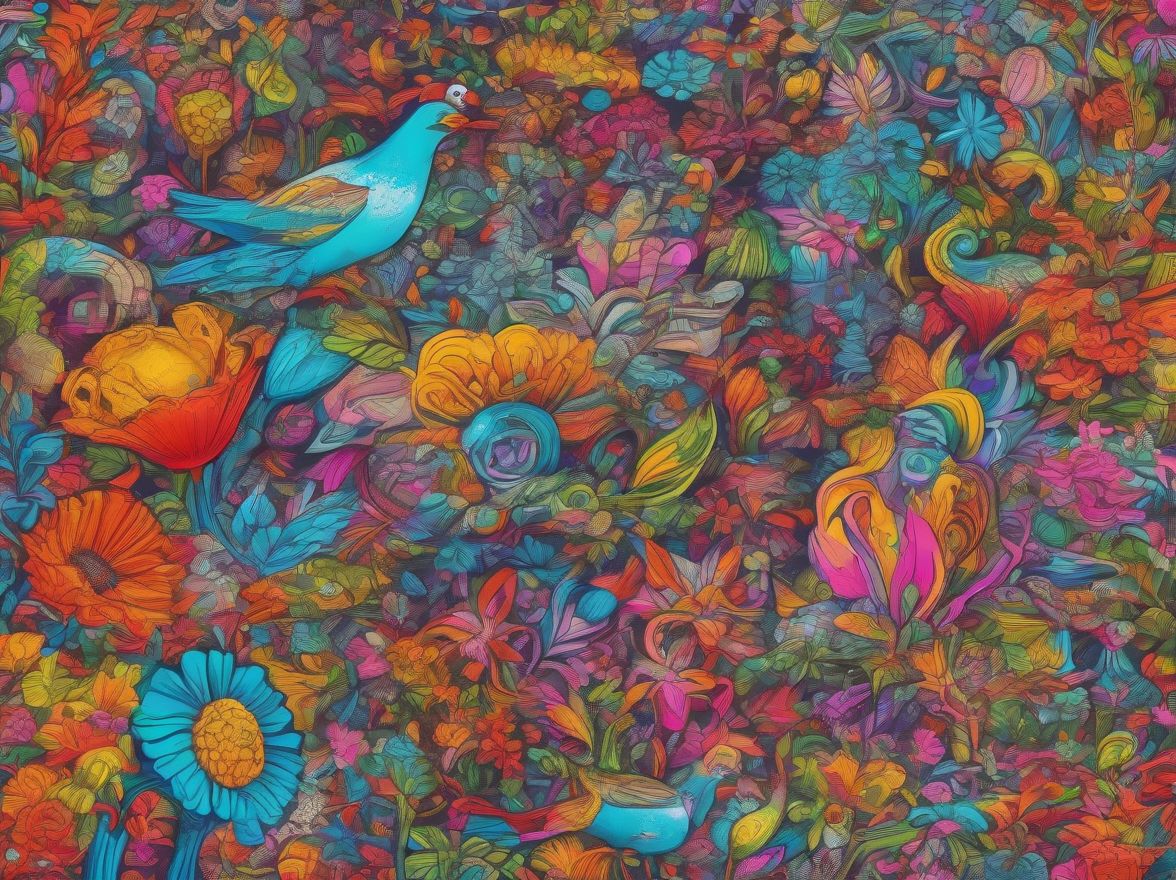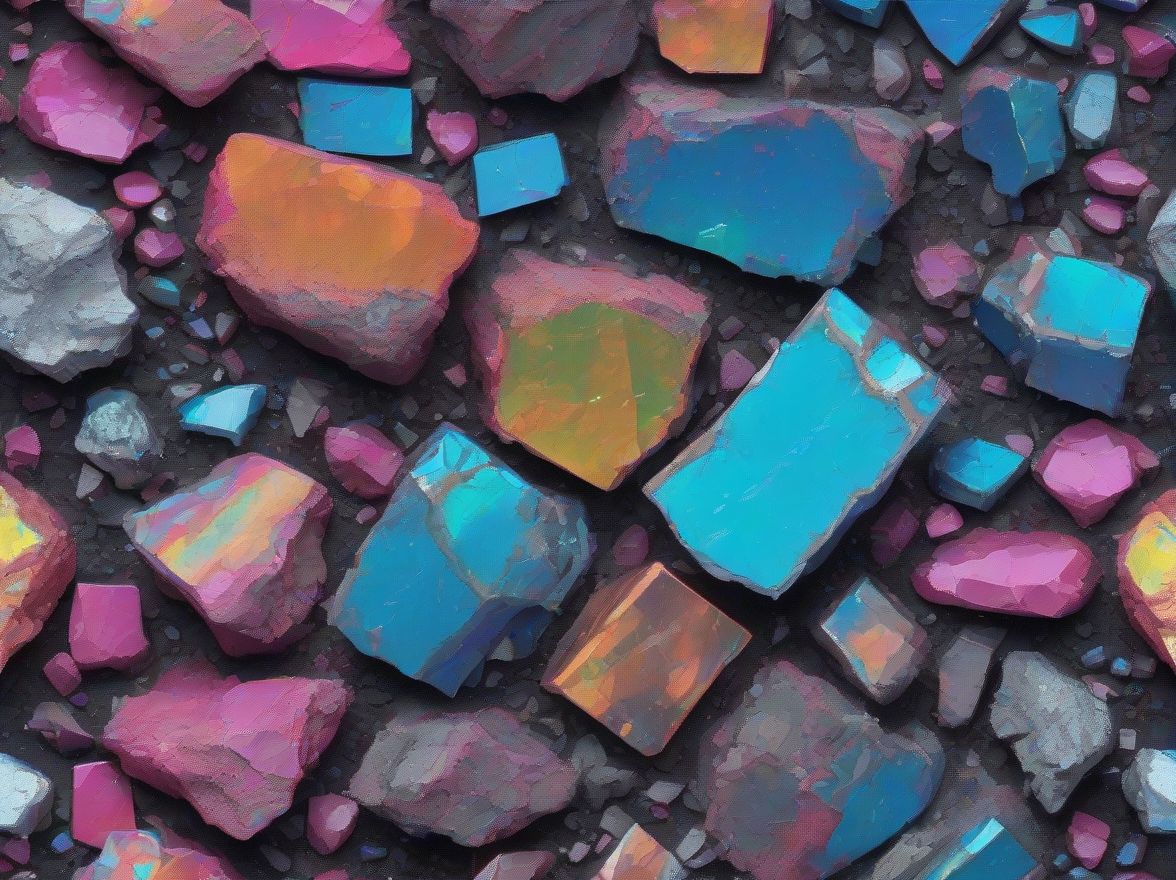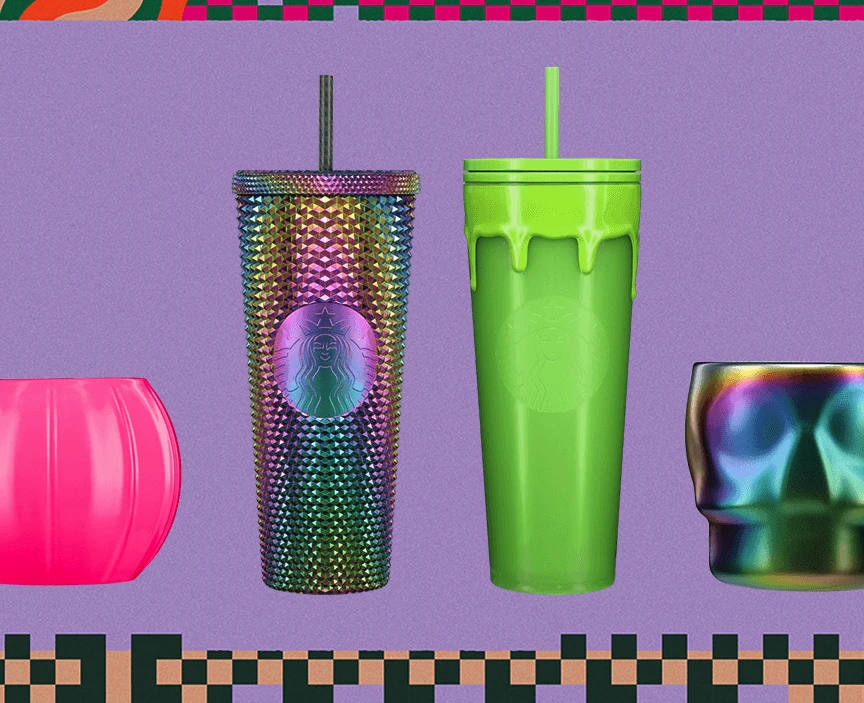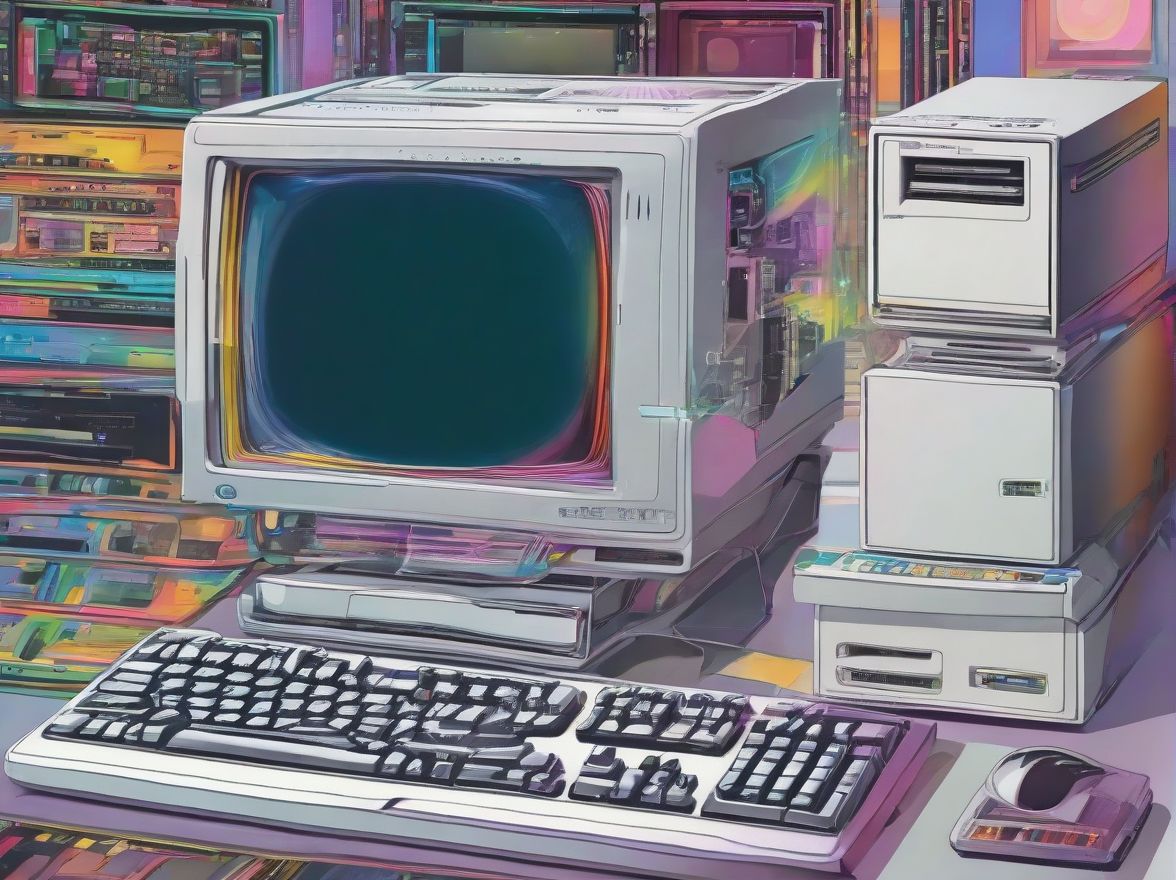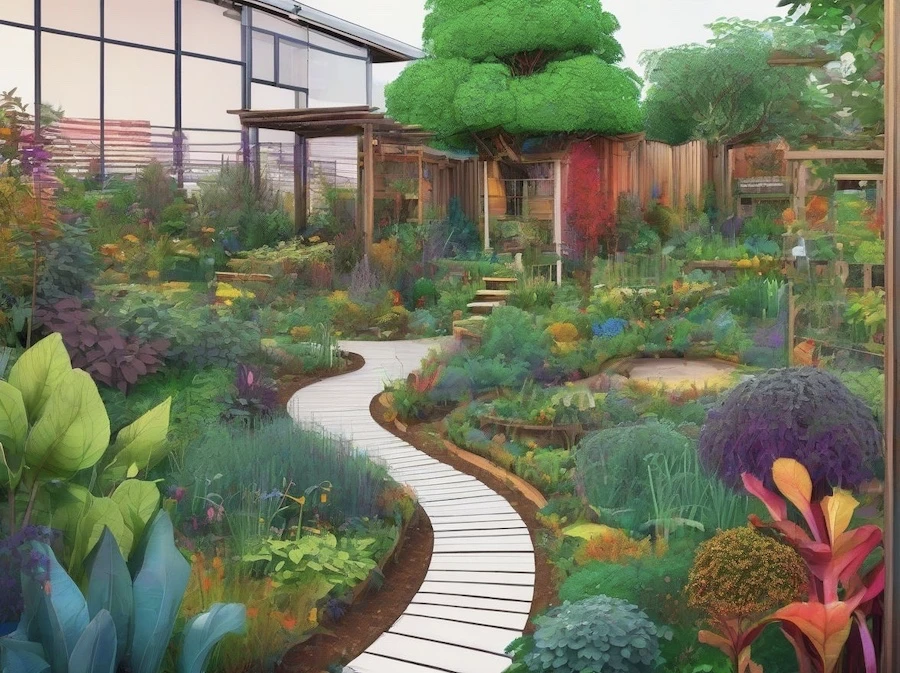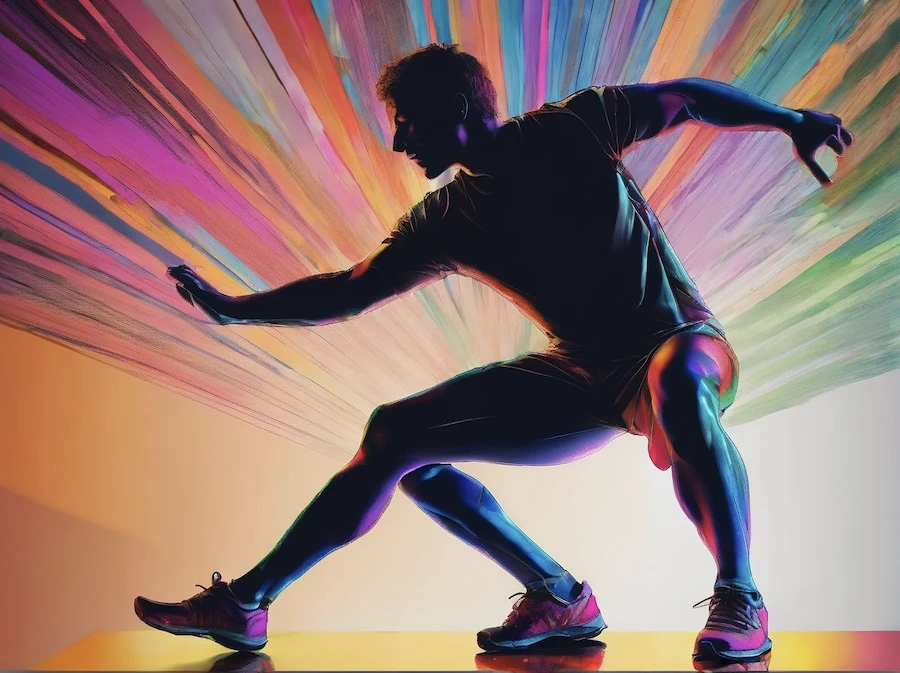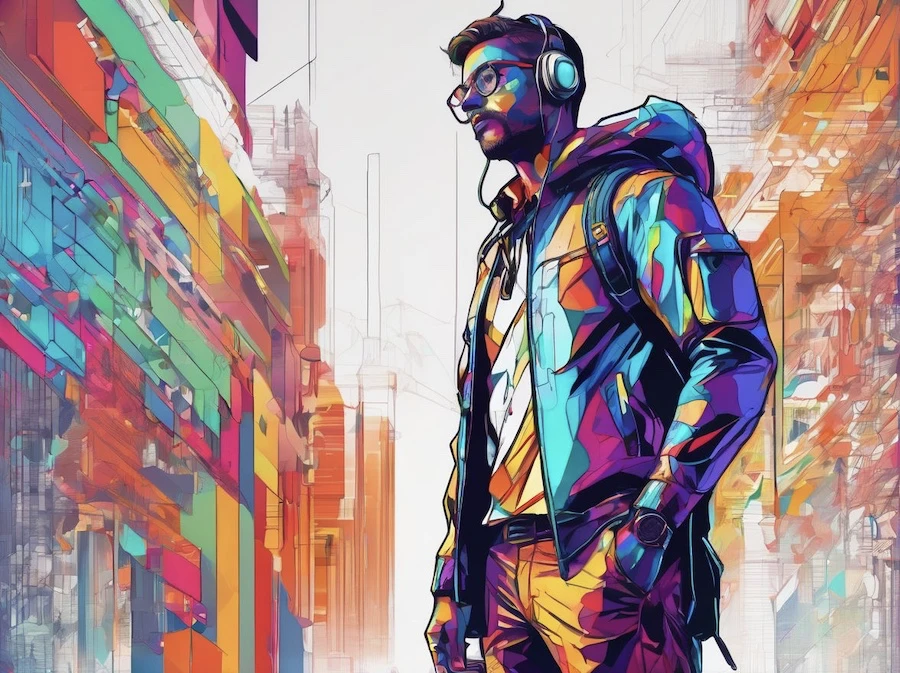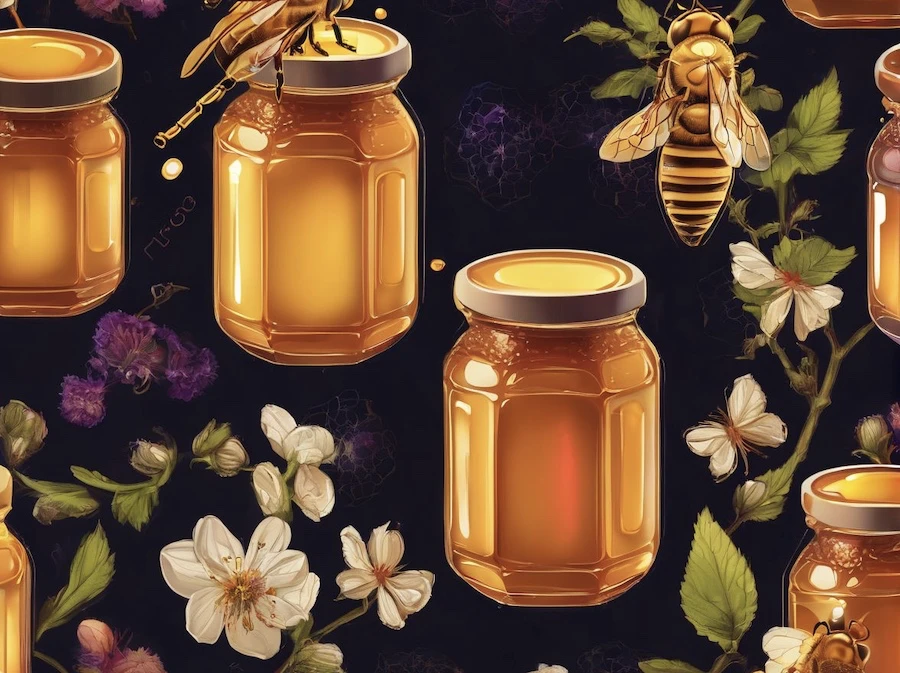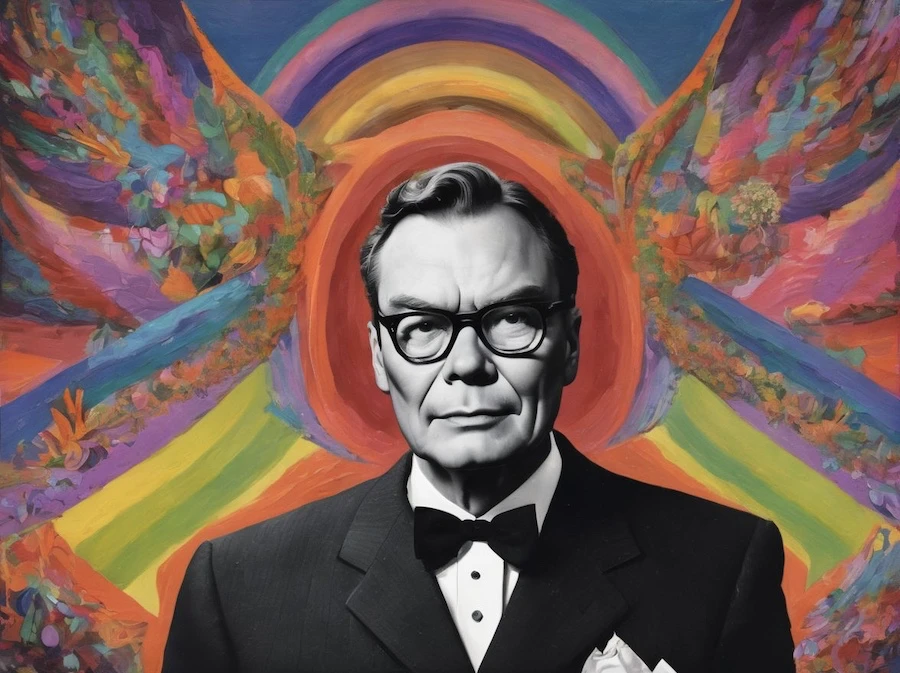October 9, 2023- 3RD OF 3
The Healing Potential of Art: How Creativity Enhances Mental Health
Art, in all its forms, possesses a remarkable capacity to touch the human soul, evoke emotions, and inspire. Beyond its aesthetic appeal, art also plays a profound role in nurturing mental health and well-being. In this blog post, we'll delve into the transformative effects of art on mental health, exploring its therapeutic potential, and providing tips on how you can harness the healing power of creativity in your life.
The Therapeutic Potential of Creative Expression
Art therapy, a recognized psychotherapy, employs creative processes like painting, drawing, and sculpting to improve mental and emotional well-being. To experience the therapeutic benefits of creative expression, consider these tips:
- Set aside dedicated time for artistic endeavors.
- Create a comfortable and inspiring space for your creative activities.
- Experiment with different art mediums to discover what resonates with you.
Art as a Vehicle for Self-Discovery
Creating art encourages self-reflection, leading to deeper self-awareness and insights. To embark on a journey of self-discovery through art, follow these suggestions:
- Approach your creative process with an open mind and heart.
- Use your art as a form of personal journaling, capturing your thoughts and feelings.
- Seek inspiration from your own life experiences and emotions.
Art and Stress Reduction
Engaging in artistic activities has a calming effect on the mind and body. To use art for stress reduction, consider these practical tips:
- Incorporate short creative breaks into your daily routine.
- Choose simple art projects that you can complete in a short amount of time.
- Focus on the process rather than the end result to alleviate performance pressure.
g-ad
The Connection Between Art and Emotional Release
Art provides a safe and constructive outlet for the release of pent-up emotions. To harness this emotional release, keep these strategies in mind:
- Allow yourself to express a wide range of emotions through your art.
- Embrace imperfections and let go of the need for perfection.
- Create art without judgment, allowing your emotions to flow freely.
Art Therapy Techniques for Mental Health
Art therapy involves a range of techniques used by professionals to guide individuals in their creative processes. To benefit from art therapy techniques, consider these recommendations:
- Explore guided art therapy exercises available in books or online resources.
- Connect with a certified art therapist for personalized guidance.
- Join art therapy groups or workshops in your community.
Art and Building Resilience
Creative activities can boost self-esteem and resilience, instilling a sense of accomplishment. To enhance your resilience through art, follow these steps:
- Set achievable artistic goals that challenge and inspire you.
- Celebrate your creative milestones and accomplishments.
- Share your art with a supportive community or network.
Art and Improving Self-Esteem
Creating art can enhance self-esteem and self-confidence by encouraging individuals to embrace imperfections. To boost your self-esteem through art, remember these tips:
- Focus on the joy of the creative process rather than seeking external validation.
- Use your art as a means of self-expression and self-affirmation.
- Practice self-compassion and kindness as you create.
g-ad
Art as a Social Connection
Art often fosters social connections and a sense of belonging, particularly in group settings. To connect with others through art, consider these strategies:
- Participate in local art clubs, workshops, or classes.
- Collaborate on art projects with friends or family members.
- Share your art online and engage with the artistic community.
Art and Cognitive Benefits
Creating art can have cognitive advantages, including improved problem-solving skills, enhanced creativity, and better concentration. To sharpen your cognitive skills through art, try the following:
- Challenge yourself with complex art projects that require problem-solving.
- Experiment with abstract or non-representational art to stimulate creativity.
- Practice mindfulness during your creative process to enhance concentration.
The Future of Art in Mental Health
As the recognition of art's role in mental health grows, therapists are exploring innovative uses of creativity in therapy. To stay updated on the evolving field of art therapy, consider these steps:
- Explore emerging technologies, such as virtual reality art therapy and art-based apps.
- Seek out therapists and programs that incorporate art into mental health support.
- Stay engaged with research and developments in the intersection of art and mental health.
- Conclusion: Embracing the Healing Journey Through Art
Art is a profound source of healing, self-discovery, and empowerment. Whether through traditional art therapy or personal creative endeavors, the act of creating can be transformative. As the tips and insights suggest, art has the power to help individuals overcome adversity, find inner strength, and embark on a healing journey of self-expression and self-discovery. So, whether you pick up a paintbrush, camera, or instrument, know that your creative journey holds the potential for improved mental health and well-being.
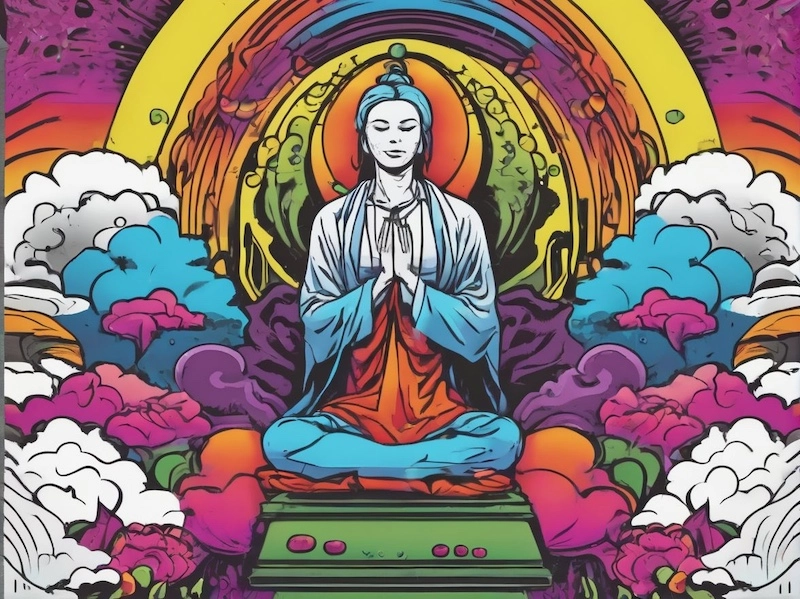




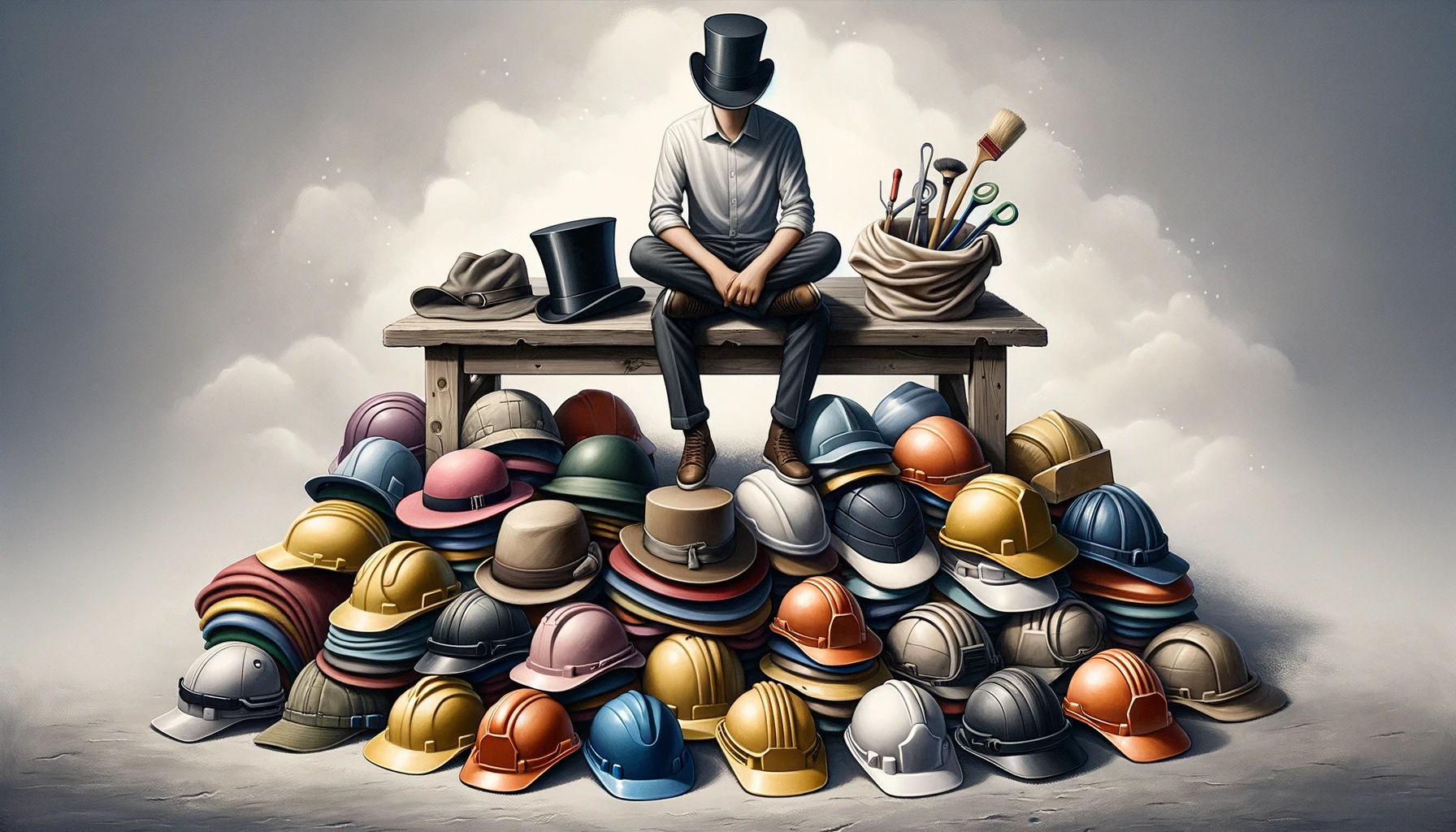



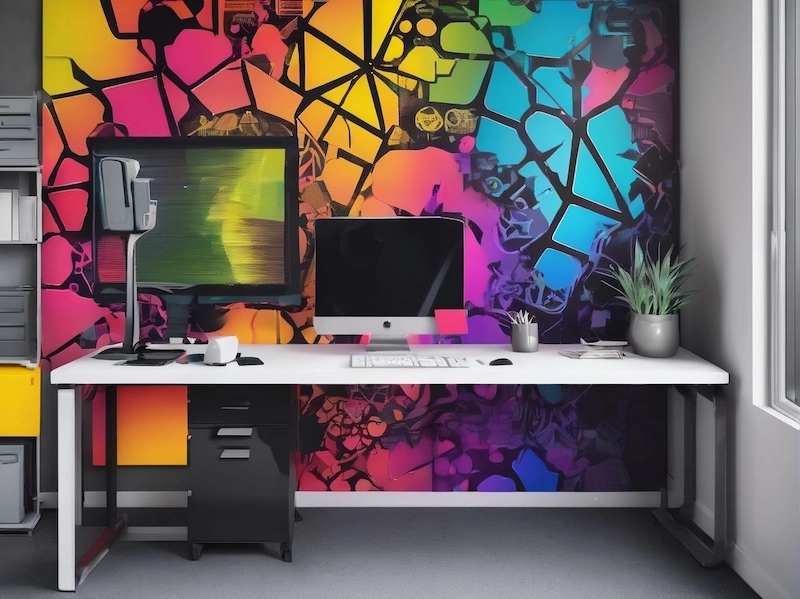
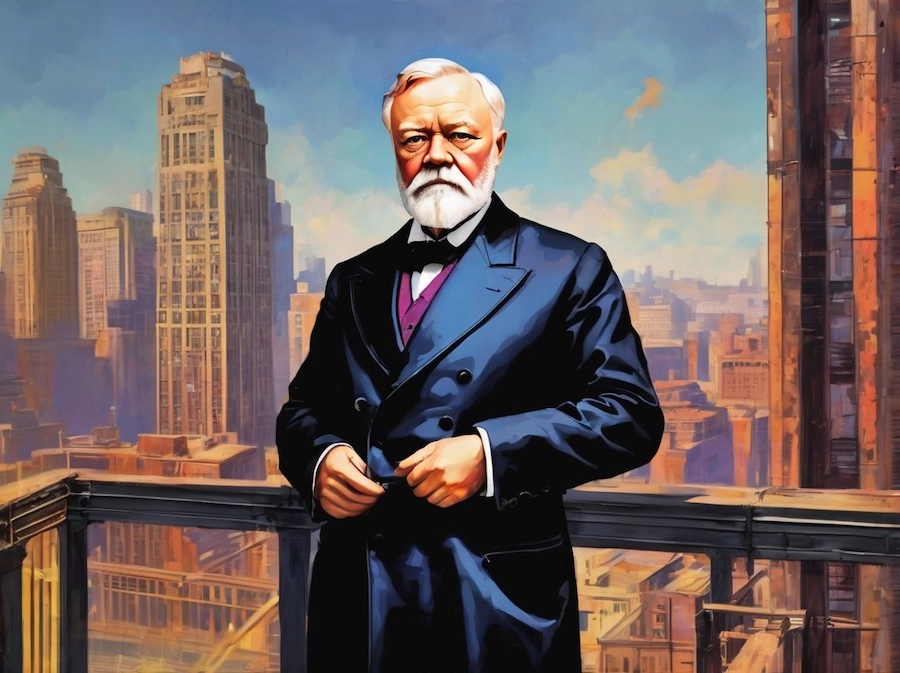

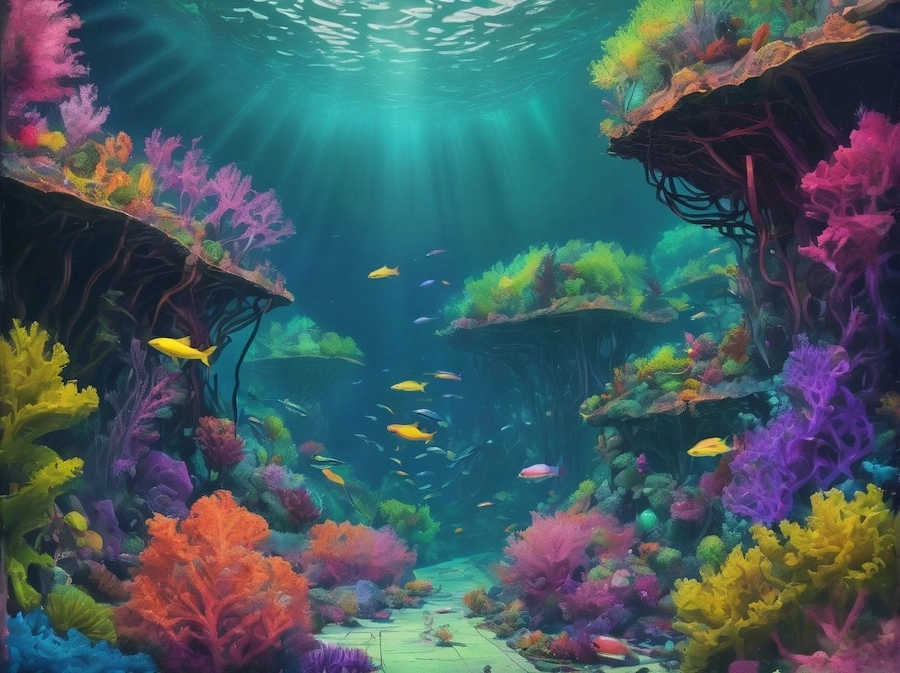
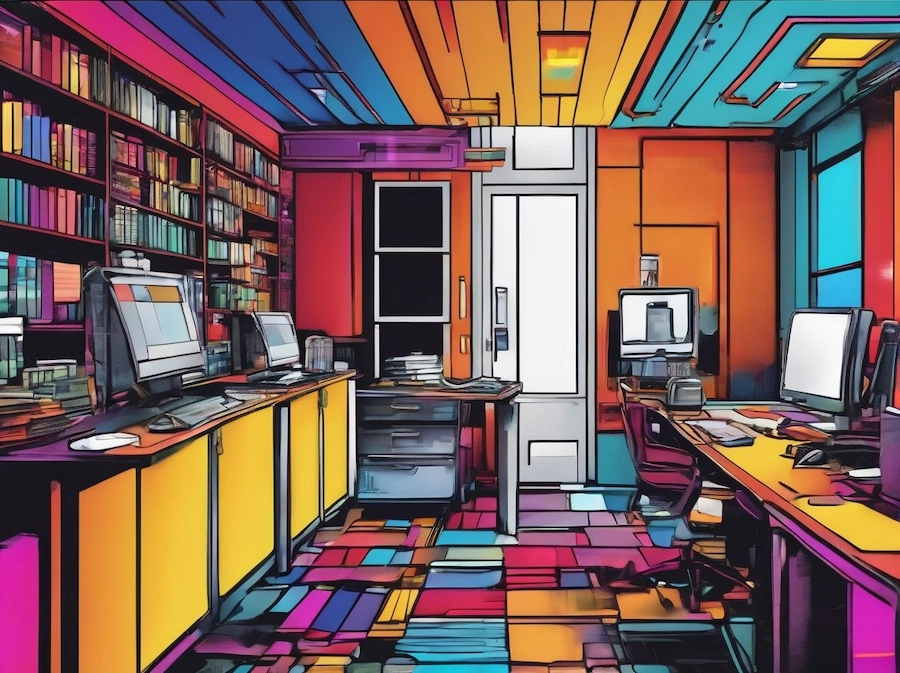




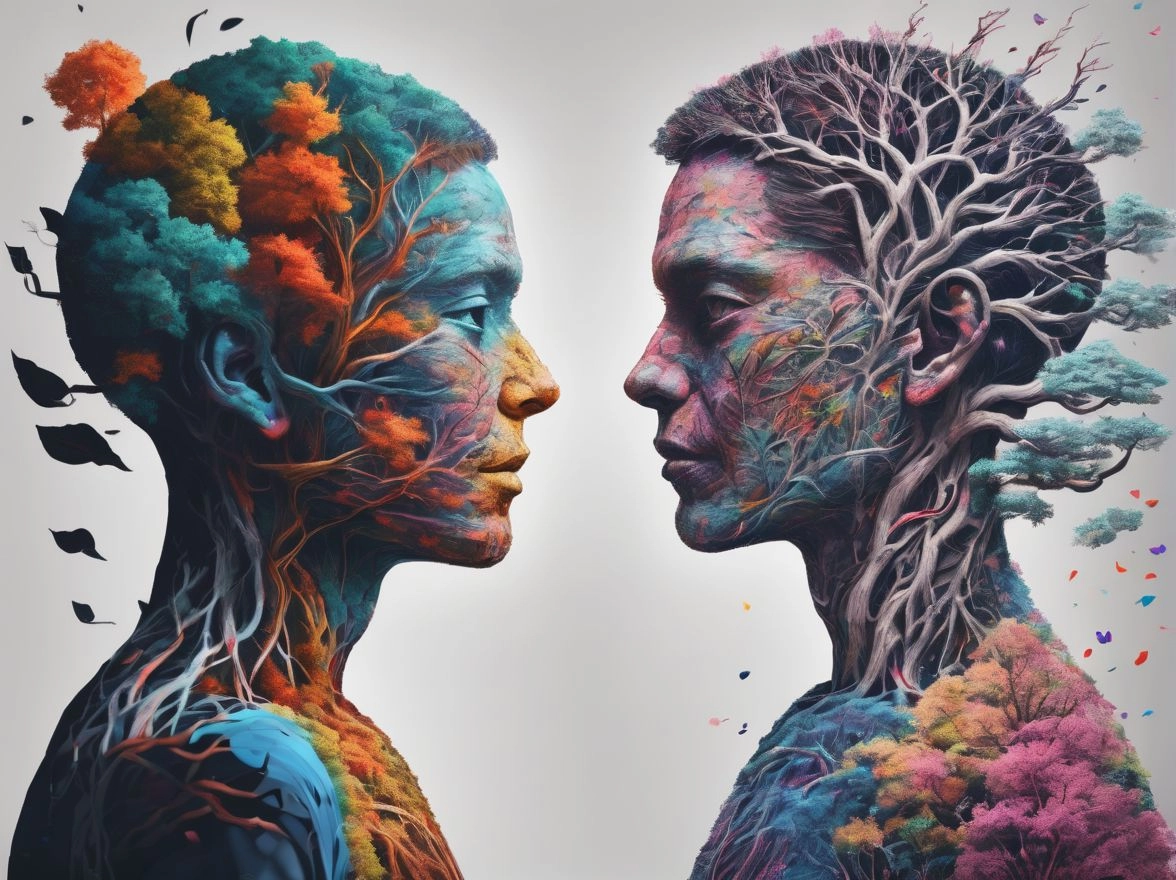

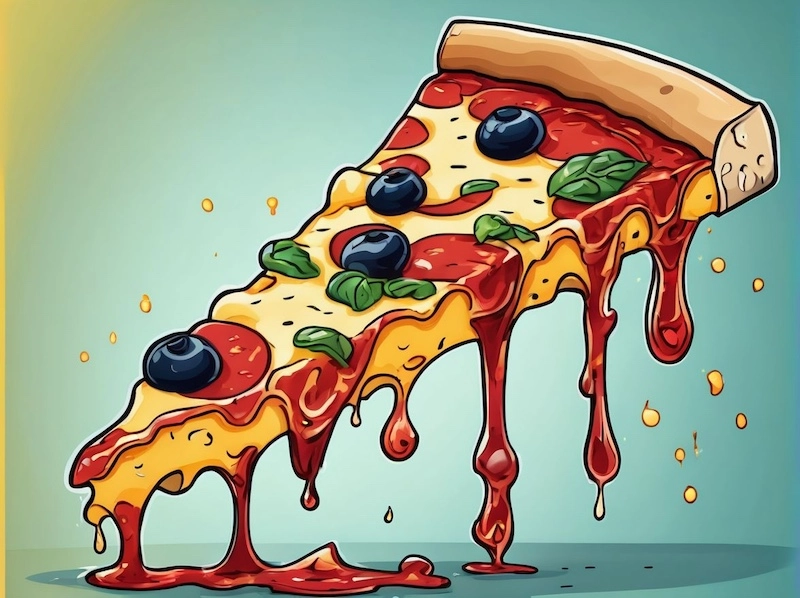
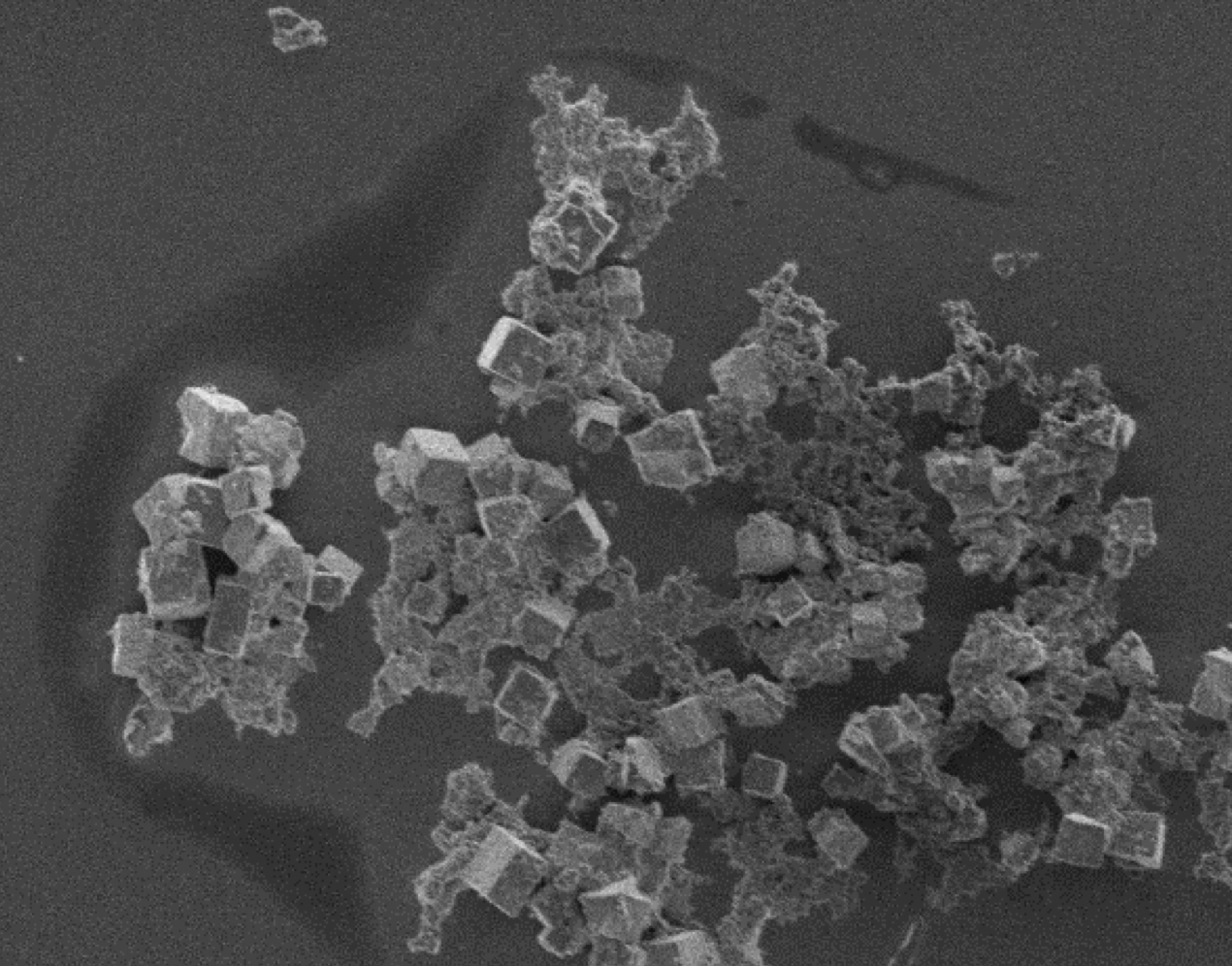


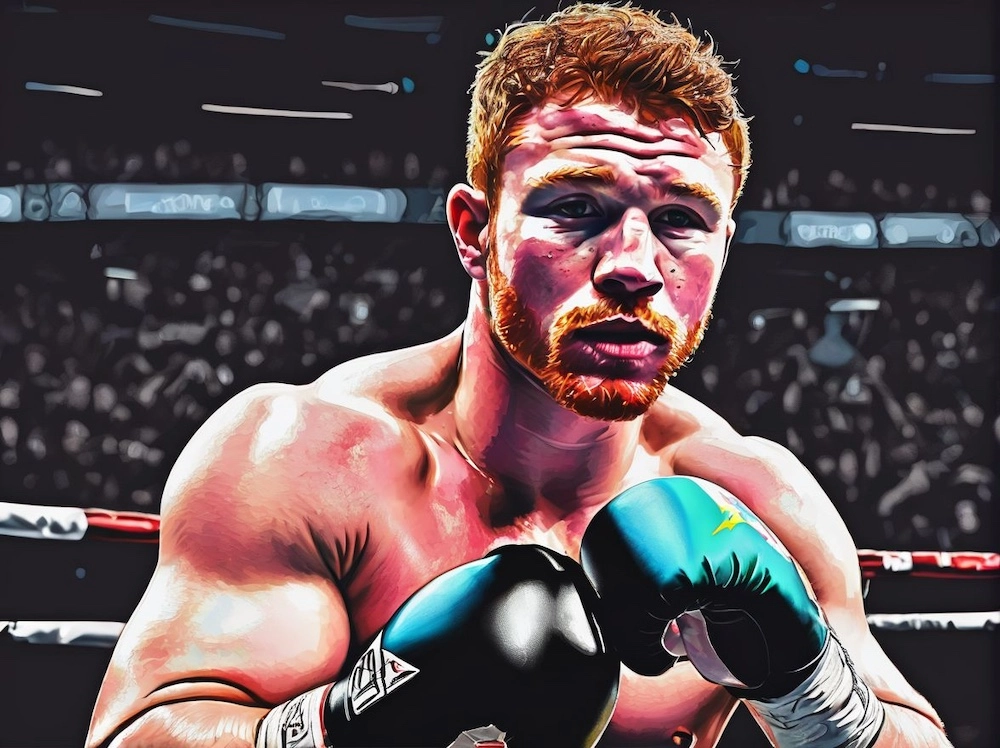

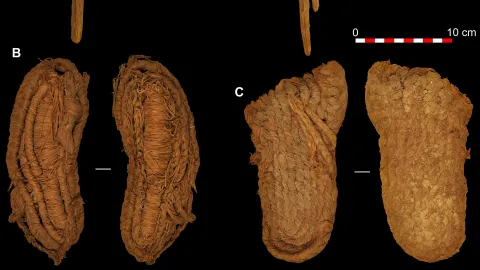


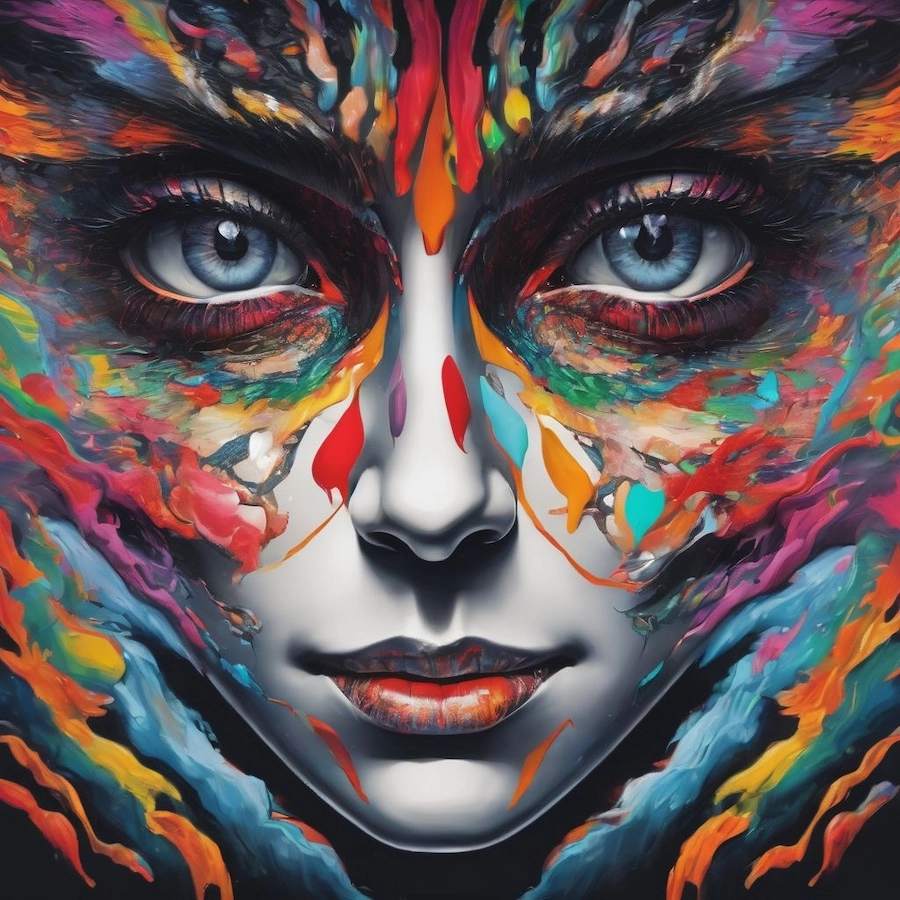


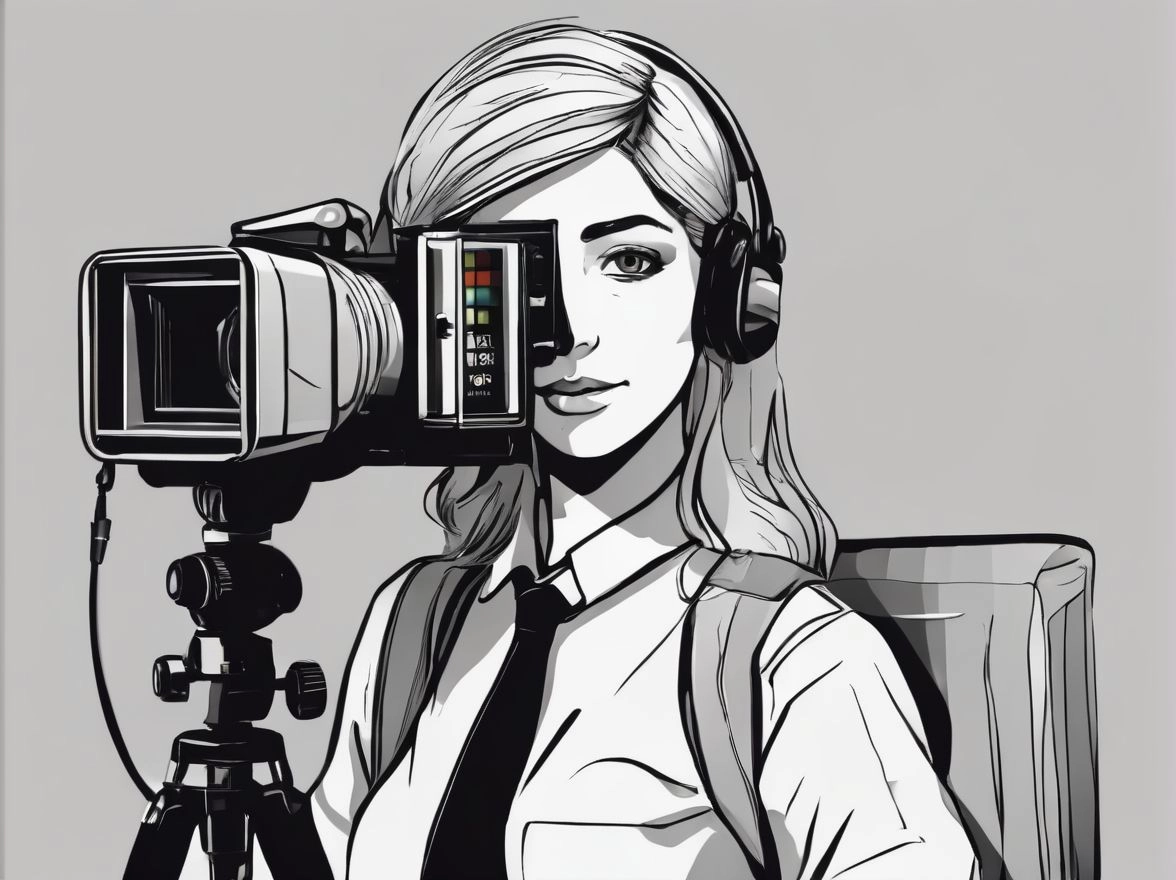




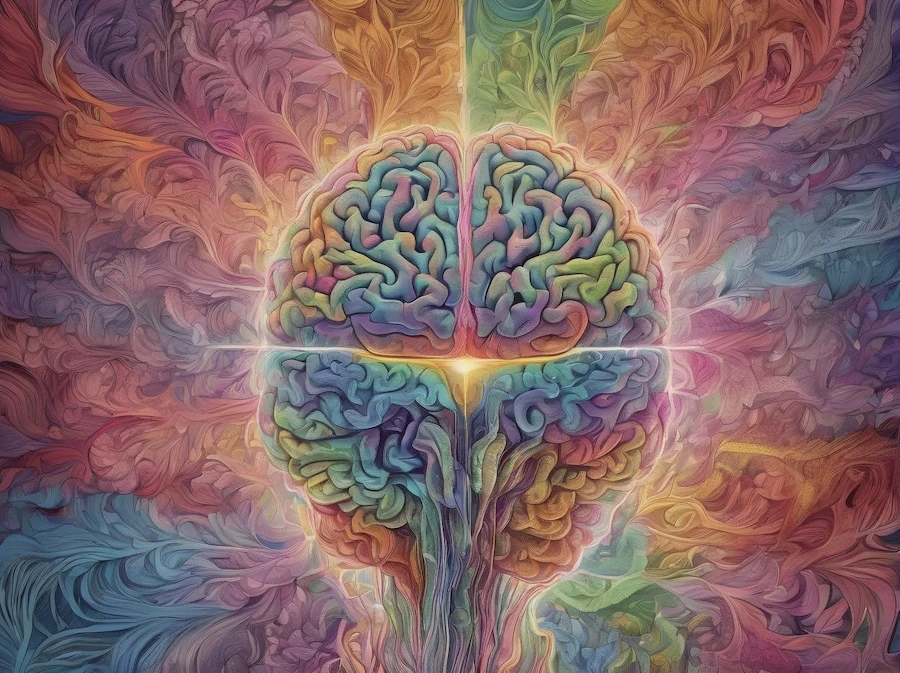

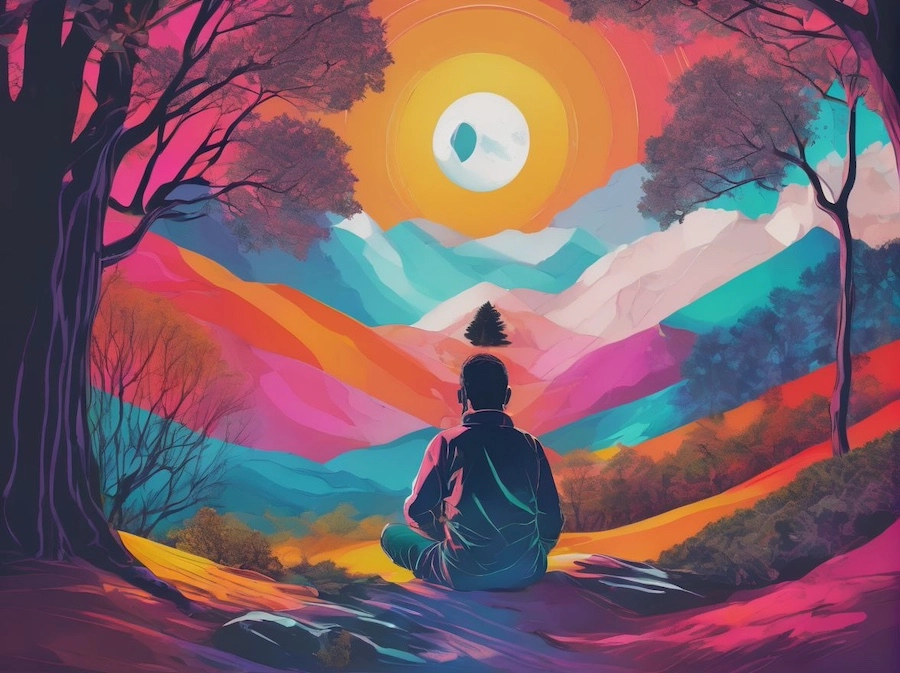
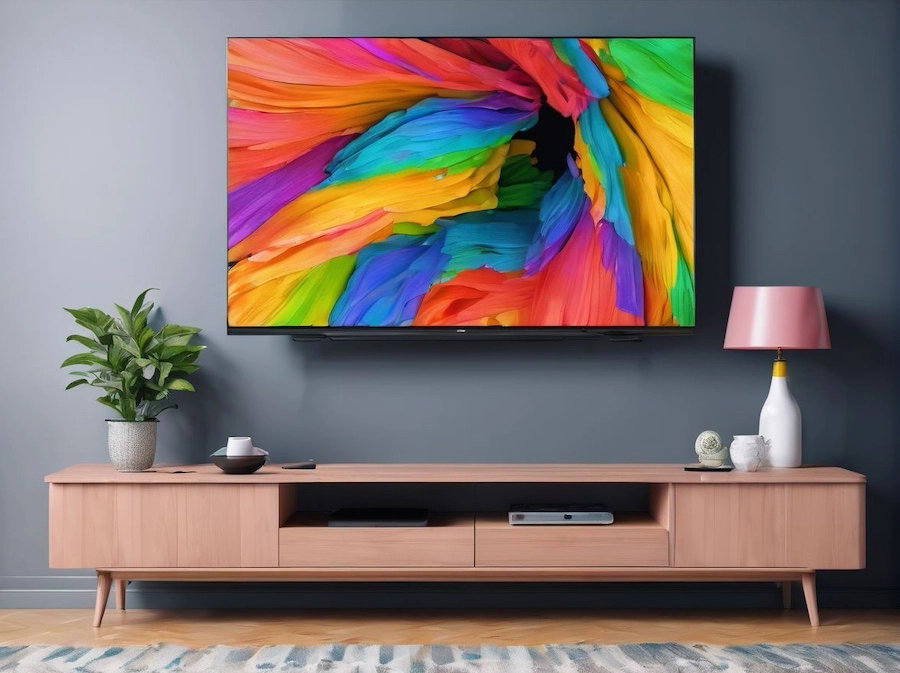



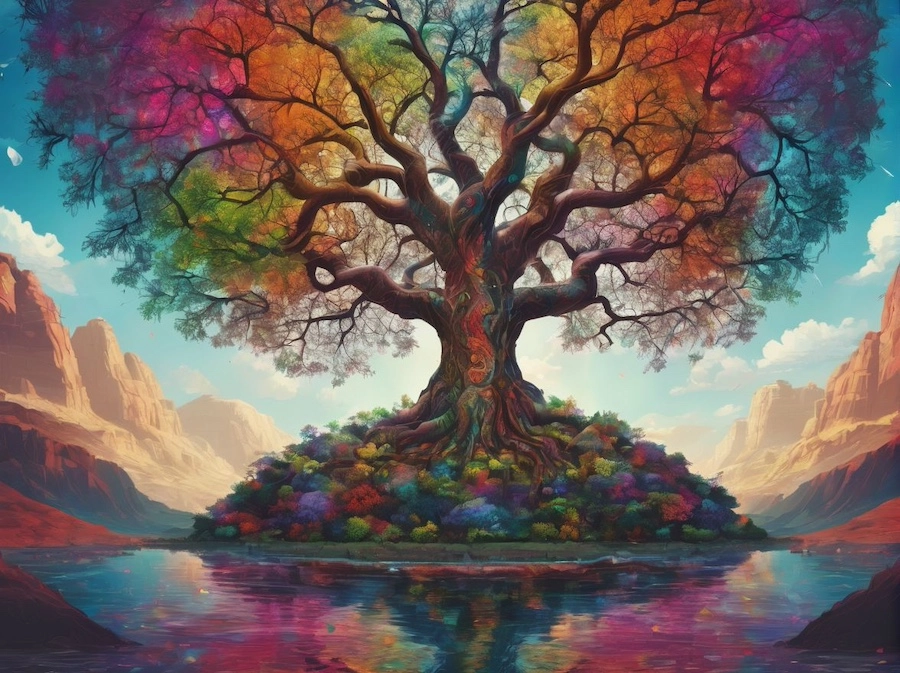
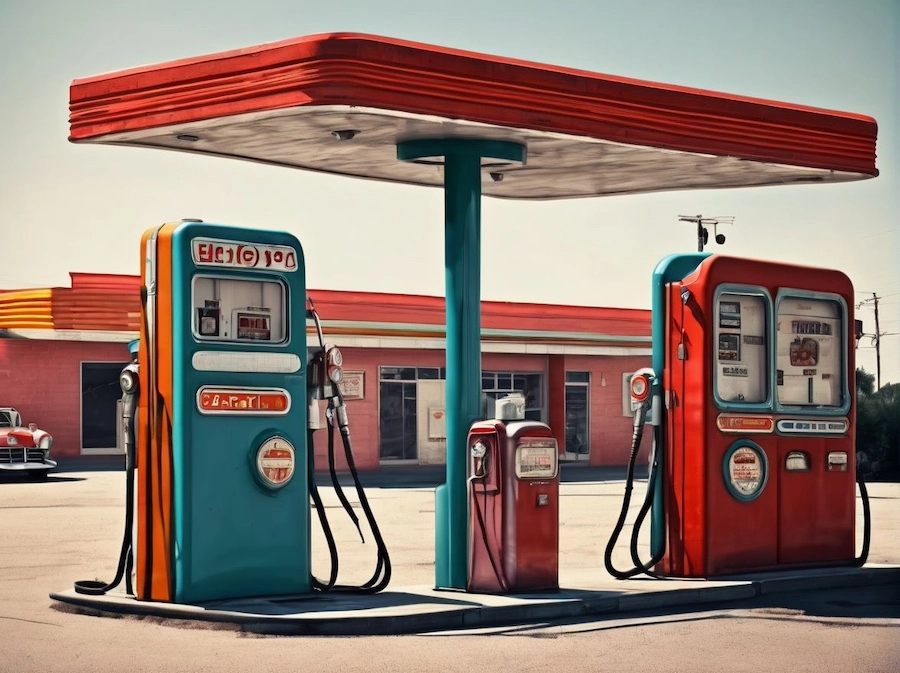

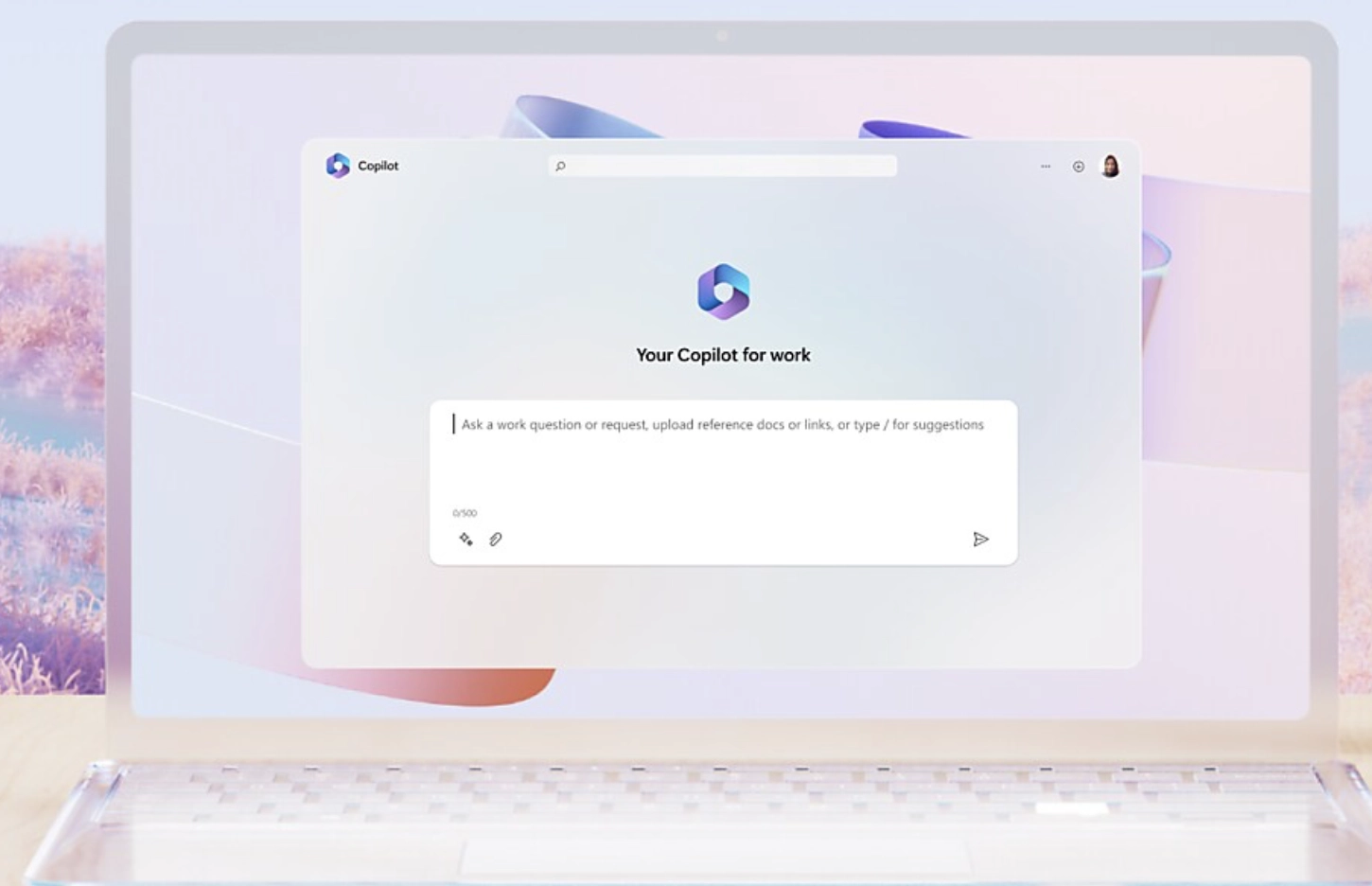

.webp)
.webp)
